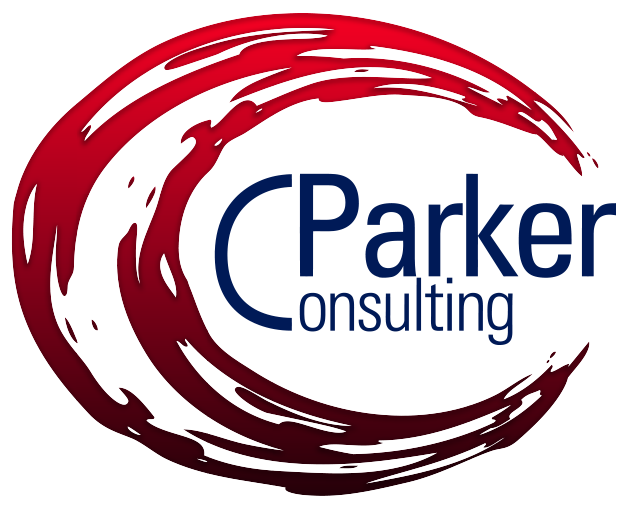Solve your Wicked Problems in 5 Steps!
/By: Cara G. Parker, President and CEO of C Parker Consulting, Inc. with consultation from Dr. Gail Funke.
This is the time of year many of us in the C-Suite engage in planning for the next calendar or next fiscal year. Often, we get in a room with our esteemed colleagues to map out our next strategic plan or develop the next operating budget and what happens – BAM! - We are faced with a "problem" as we begin to look into our company's future. And these are typically not just any problems that we in the consulting field call "opportunities" or try to give a positive spin through the appreciative inquiry lens – No, these are WICKED! These are problems so paradoxical that we see no-way out . These are problems like, "I need to reduce my budget by 30% AND still maintain the 97th percentile in quality customer service scores.
That's where these 5 steps some can help.
1. Solve the Right Problem. Einstein said, "If I were informed the world was in danger of coming to an end in 60 seconds, I would spend the first 59 seconds formulating the question and the 60th second solving for it. Essentially, Einstein is saying - make sure you're solving the right problem by focusing on the true concerns and constraints. Dig deep – often our first reaction is not really the right question to be asking. Ask "why" 5 times. If we are not answering the right problem, we are wasting energy for something that is not going to produce results. A good problem statement describes an unfavorable condition that prevents a goal or objective from being achieved. A good problem statement includes: the problem or defect, the magnitude of the event (how often it occurs), the location where it occurs, and how important the problem is (use metrics!).
2. Pinpoint your Stakeholders. The illustration of "walking a mile in the other person's moccasins" comes to mind here. With the team you have convened to articulate the problem statement, identify ALL the people, departments, and organizations that are being impacted by the magnitude of the problem. These stakeholders are the reason we exist. They come in different shapes, sizes, forms and have just as many diverse needs. Sample stakeholders include: customers, stockholders, employees, colleagues, distributors, suppliers – and the list continues. Catalog each set of stakeholders and map the impact the problem is having on them. Remember, stakeholders have both an interest in the problem and often times the power to influence the outcomes.
3. Analyze the Issues. Problems don't occur in a vacuum; often they represent various issues culminating at one time. We call this, the perfect storm! In this step, your team will analyze all the concerns and issues feeding into the problem statement. Look at the problem from all angles. Gather data. Consider: resources (people, technology, dollars, time), perceptions (stakeholders, leadership, customers, employees), communication needs (internal and external), your culture, the overall environment (strengths, opportunities, and threats) and your organization's current vision, mission, goals and core values.
4. Brainstorm Solutions: This is the fun part. Now that you have all the needed data – solve it! You have the right problem statement written, have identified impacts, the issues are transparent, so go to it! Creativity counts here. Brainstorm as many ideas and steps needed to right your problem. Quantity of ideas count – not quality at first. Don't do this alone – you need more that just your brainpower. Next, narrow down the solution(s) to the ones that make the problem not so wicked and scary and develop your plan of attack.
5. Test Your Solution(s): Even our best ideas and solutions need the "gut check." Once the solution is firm and your plan is in place, test it – experiment with it before you fully launch. Conduct a focus group with impacted stakeholders and ask them for feedback, undergo a peer review of the idea, talk to a neutral person or trusted colleague, or launch a small pilot to see if the problem shrinks or goes away. If you're off track, this test phase will save your reputation, your budget, and resources!
One caution: these 5 steps are not necessarily consecutive steps. For example, when you analyze the issues in Step 3, you may find you forgot a stakeholder or that the problem statement needs refined. When you test your solution, you may need to go back and gather more data to analyze or brainstorm a different solution set. The bigger issue when using these 5 steps is to ensure each step is conducted and no steps are missed.
For more information on Wicked Problem Solving or other organizational matters, watch our "5 Steps in 5 Minutes Whiteboard Session" https://www.youtube.com/watch?v=ARbtX9NVBSQ or contact Cara Parker. She can be found at: www.cparkerconsulting.com.





